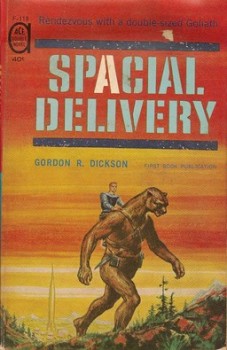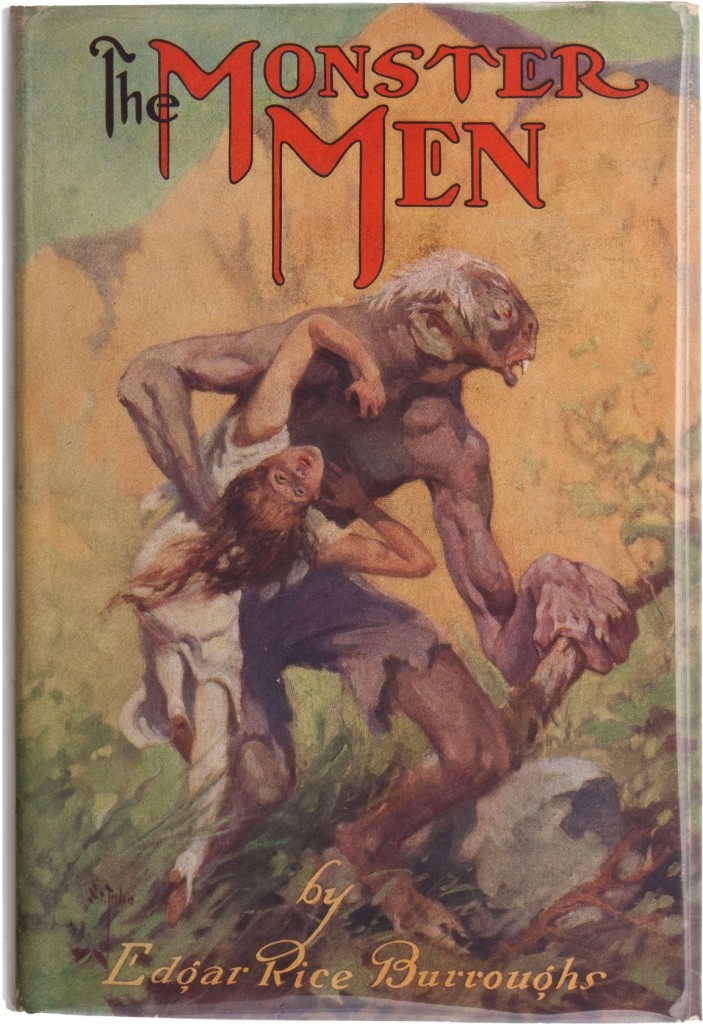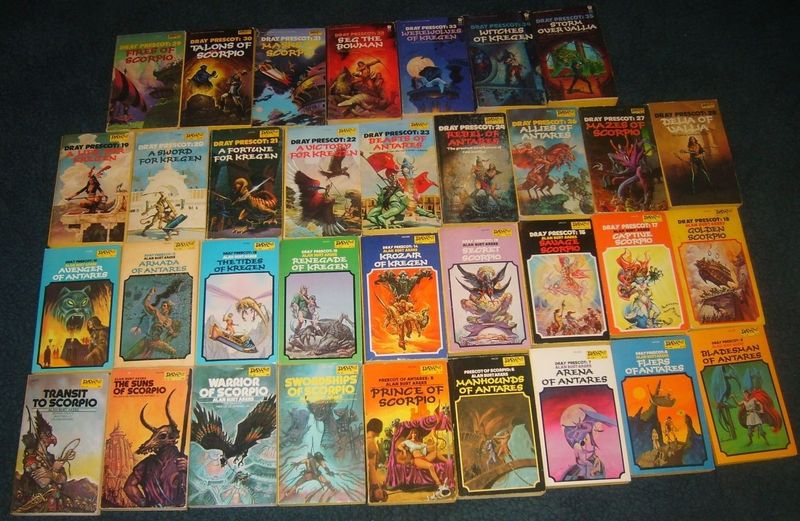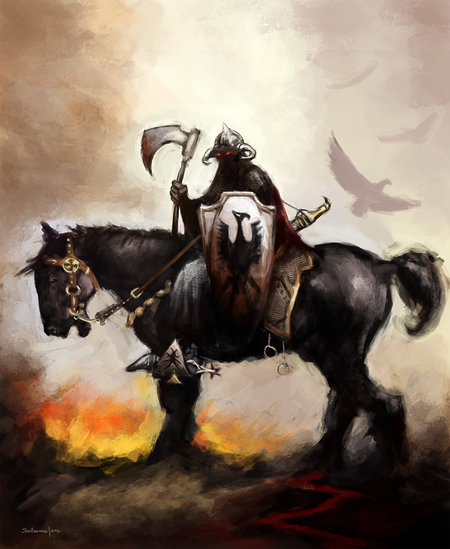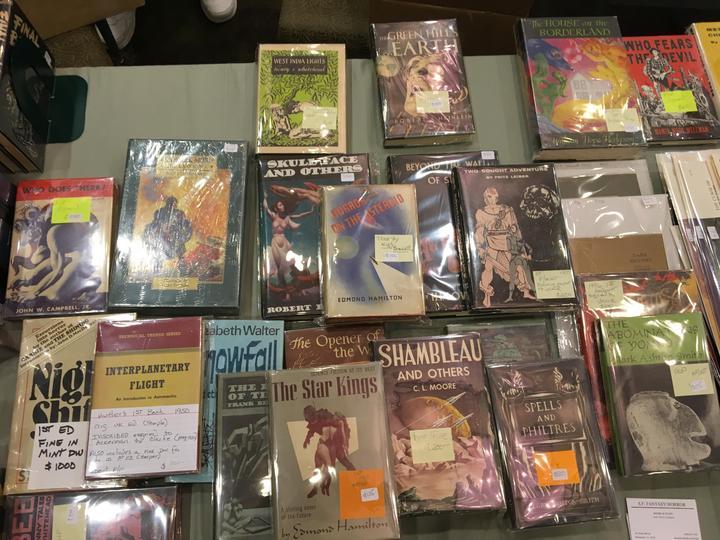 I spent yesterday and Friday at the Windy City Pulp and Paperback show in Lombard, Illinois, about 30 minutes from my house. And as soon as I finish this article, I’m going to scoot over there again.
I spent yesterday and Friday at the Windy City Pulp and Paperback show in Lombard, Illinois, about 30 minutes from my house. And as soon as I finish this article, I’m going to scoot over there again.
I found a great many treasures at this show this year. More than usual, even. And I’m looking forward to reporting on them here. One of the more interesting was a copy of Famous Fantastic Mysteries, a 1991 pulp reprint anthology from Gramercy edited by Stefan R. Dziemianowicz, Robert Weinberg, and Martin H. Greenberg, in terrific shape, which I bought for just $5.
Famous Fantastic Mysteries was a much-beloved fantasy pulp which ran from 1939 to 1953. The publisher was Frank A. Munsey, a name well known to pulp fans. The first bi-monthly issue was cover-dated September-October 1939, and contained A. Merritt’s “The Moon Pool,” Ray Cummings’ “The Girl in the Golden Atom,” and stories by Manly Wade Wellman, Donald Wandrei, and many others. The magazine was a success, and it quickly switched from bi-monthly to monthly.
While the magazine relied chiefly on reprints, especially in the early days, it commissioned original art from many of the top artists of the day, especially Virgil Finlay and Lawrence Sterne Sevens, and today is treasured as much for the fabulous covers and interior art as the fiction.
In its 81 issues, Famous Fantastic Mysteries offered reprints of SF and fantasy pulp stories by Max Brand, E. F. Benson, Robert W. Chambers, William Hope Hodgson, Lord Dunsany, Bram Stoker, H. P. Lovecraft, Robert E. Howard, Arthur Conan Doyle, Jack London, and countless others, as well as brand new fiction from Henry Kuttner, C. L. Moore, Murray Leinster, Theodore Sturgeon, William Tenn, Margaret St. Clair, Arthur C. Clarke, Donald A. Wollheim, Robert Bloch, Ray Bradbury, and many more. See the complete issue checklist at Galactic Central.
…
Read More Read More

